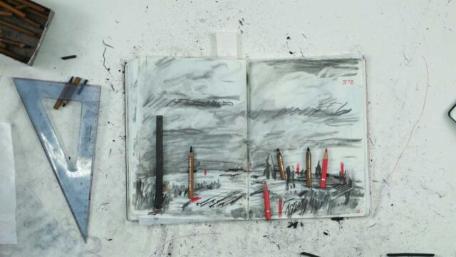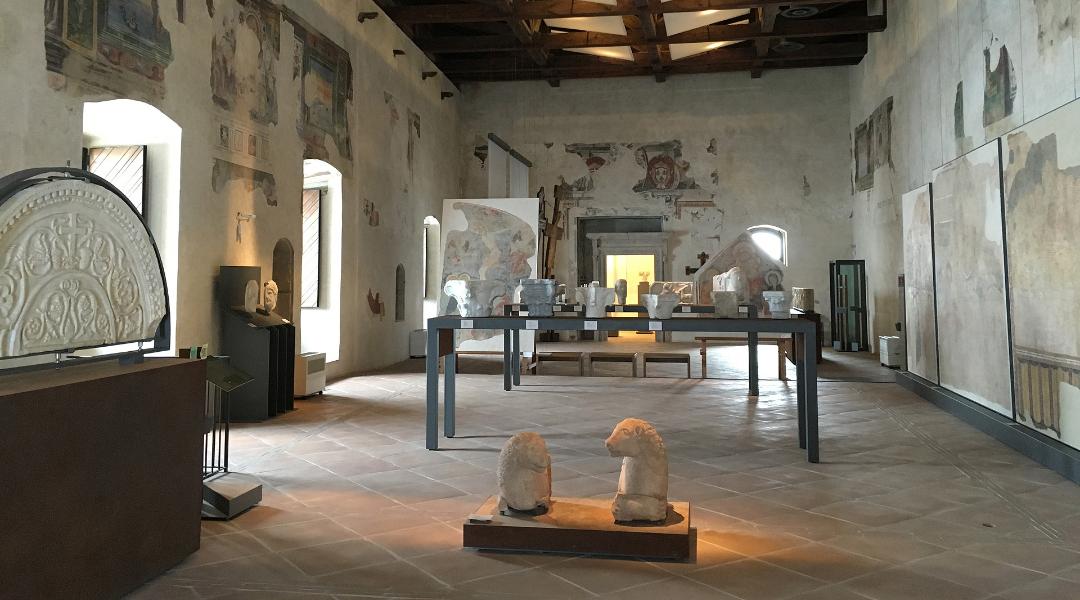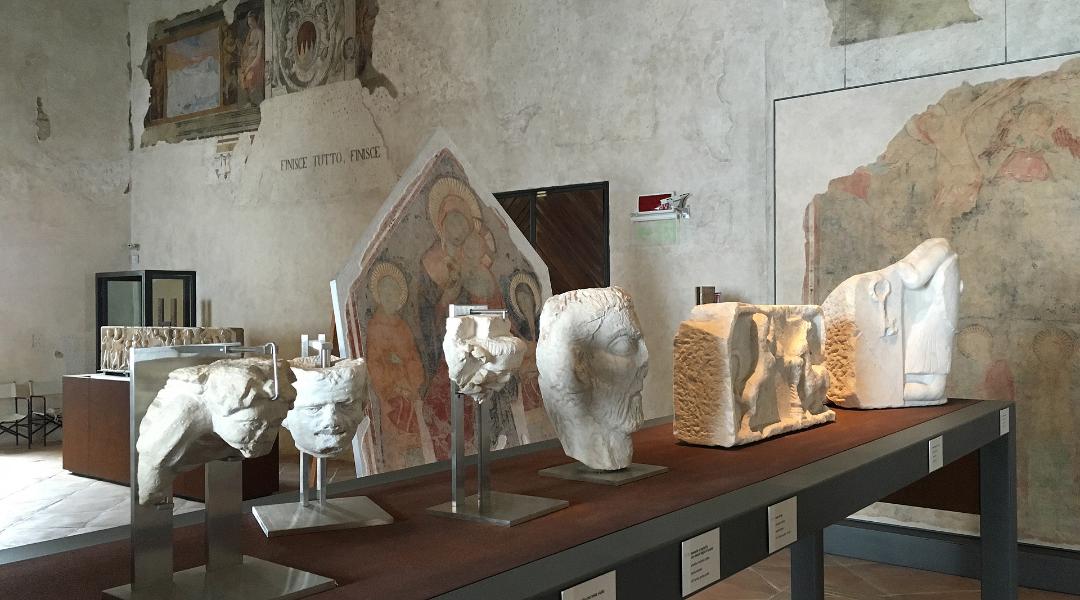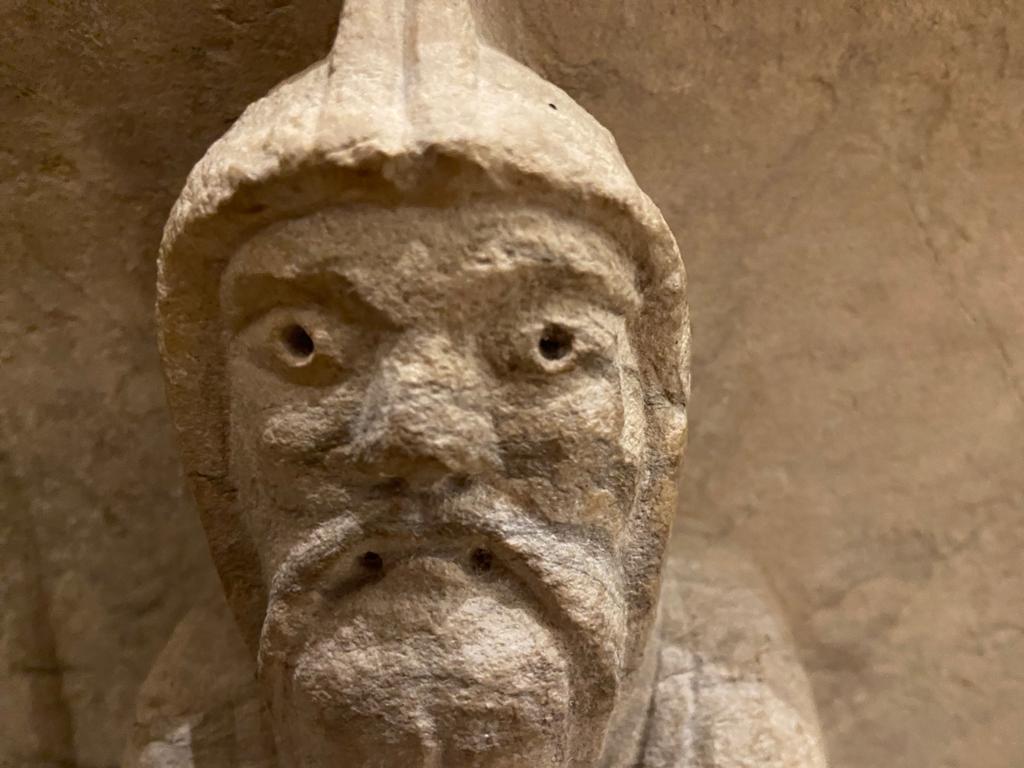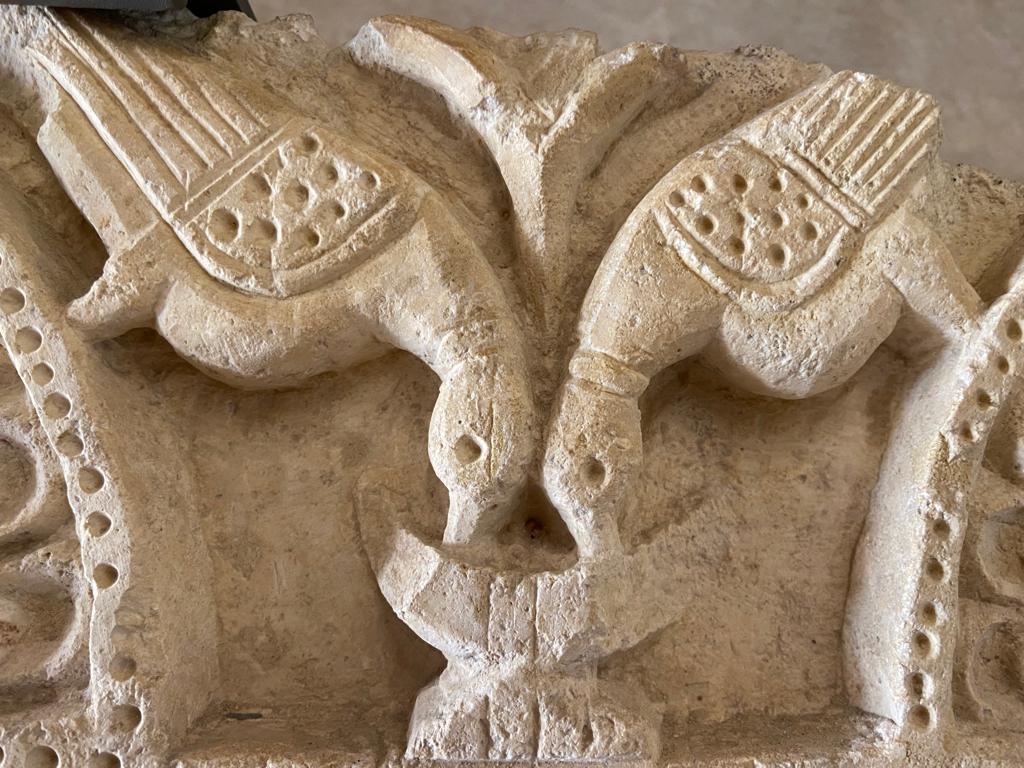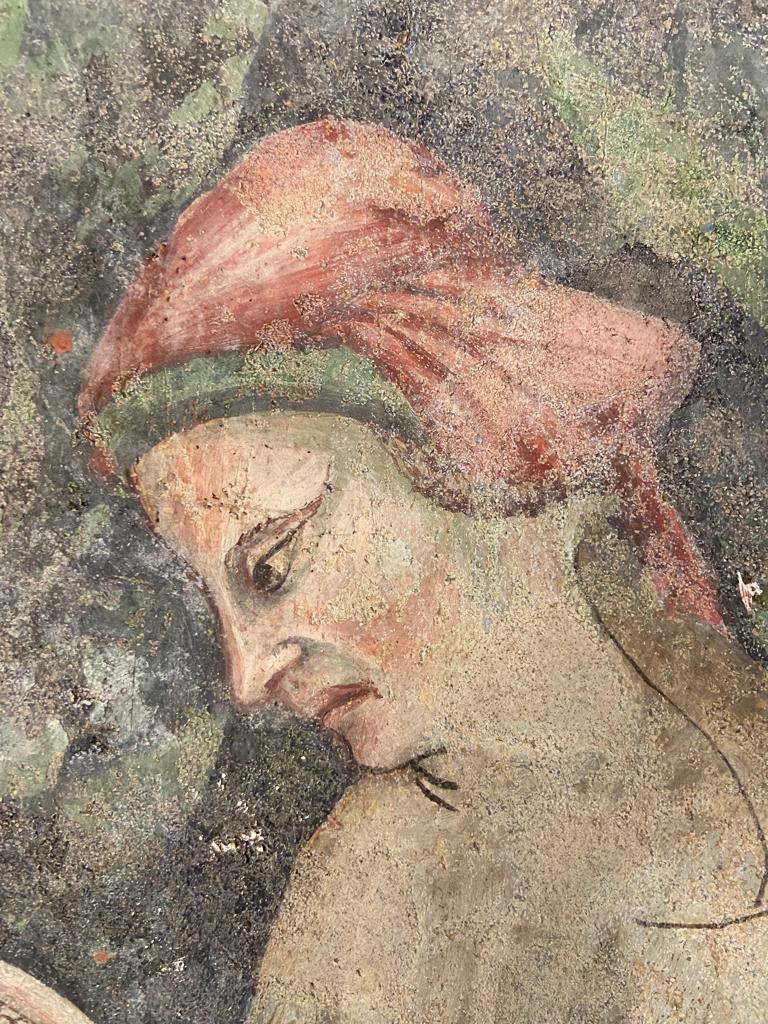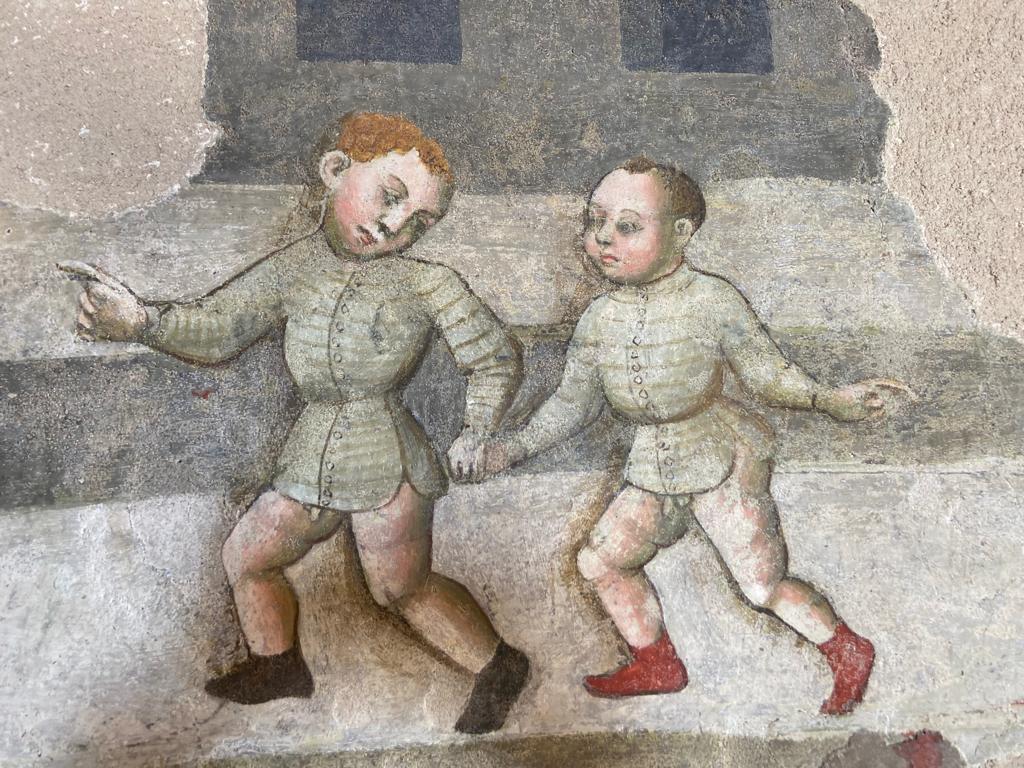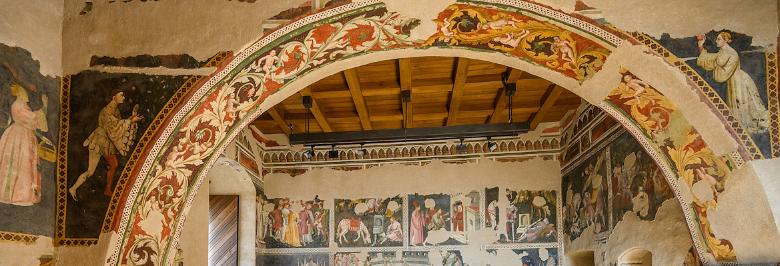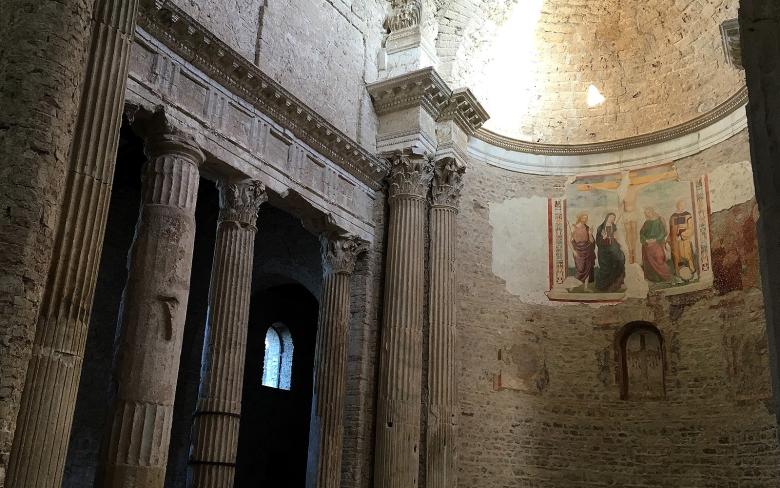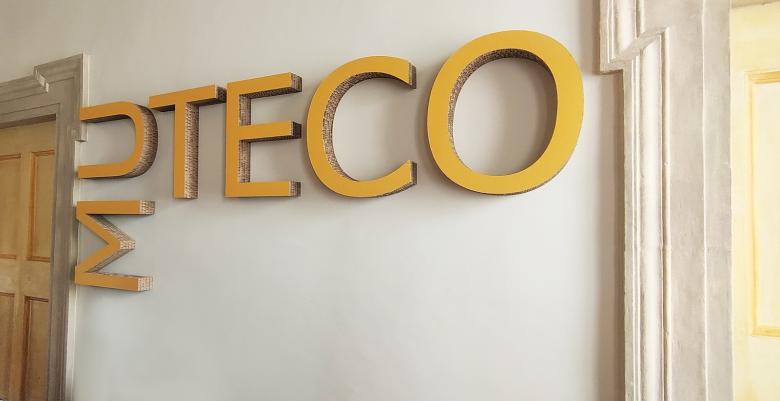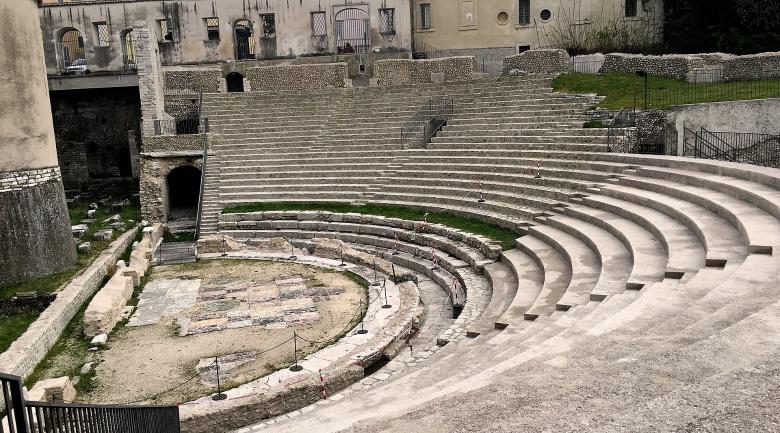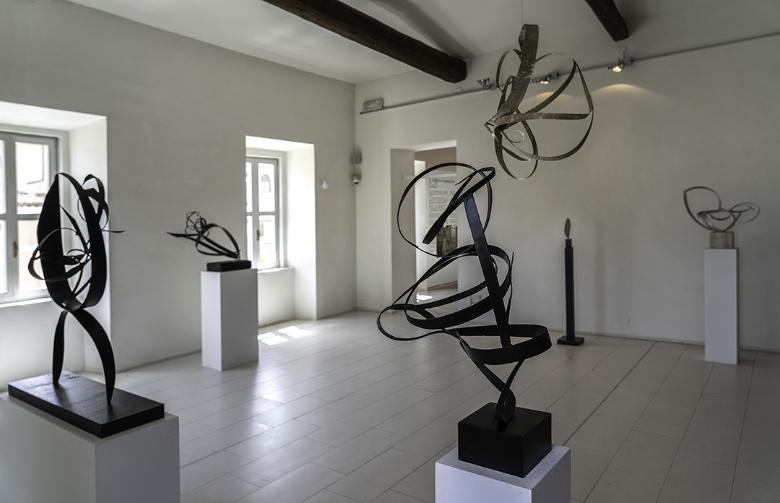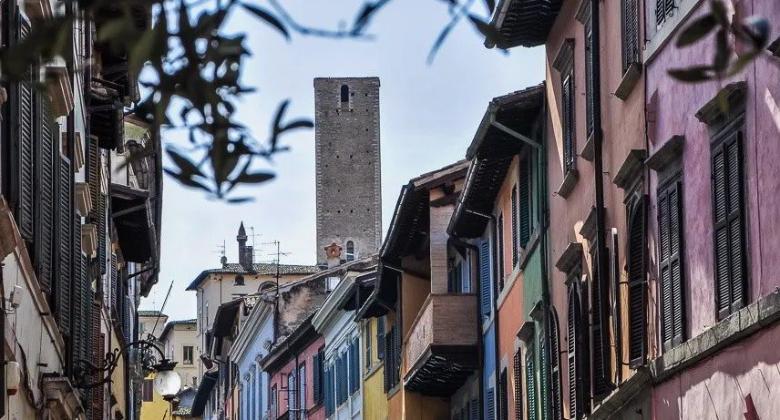National Museum of the Duchy of Spoleto
The museum is located within the Albornoz Fortress, in the upper part of Spoleto’s historical centre.
The museum was founded to document the history of the Duchy, established thanks to he Lombards, a Germanic population which broke the political unity of the Italian peninsula in the 6th century AD.
The Fortress as built by order of the Spanish Cardinal Egidio Albornoz starting in 1360. It was home to papal legates and to Popes.
Today, with the gradual restoration of its spaces and mural paintings that still decorate its walls, the complex has finally regained its old primitive charm after having been used for a long time as prison.
The museum offers an interesting document of knowledge of the Spoleto territory from the 4th to the 15th century and at the same time illustrates, through panels, the beauty of the frescoed rooms displaying the artworks.
Opened in 2007, the museum was created thanks to a project collecting artworks and materials already partially housed in the premises of the Civic Museum and of the Art Gallery, useful to document the origin, development and the several historical as well as cultural effects of the Lombard Duchy of Spoleto.
The Museum has 15 halls on two floors around the courtyard of honour.
The artwork collection covers a period from the 4th century AD, with pieces from the first Christian communities, to the 15th century.
Conceived as an appropriate tool to conserve and present the knowledge of the city and the territory, the museum aims to help visitors understand the complexity of historical events and at the same time its cultural vitality even after the fall of the Duchy.


















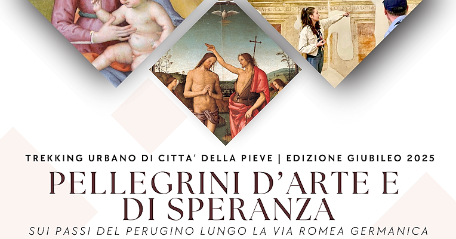
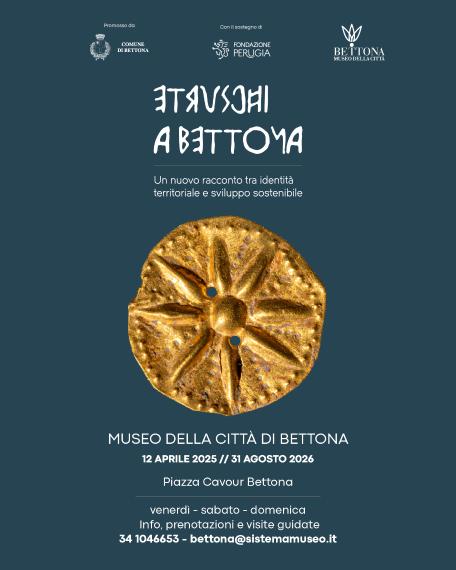
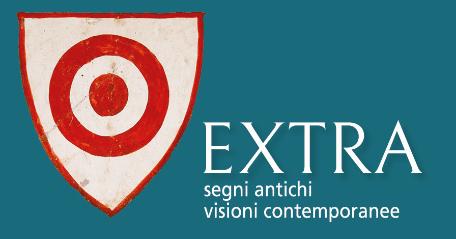
.jpg/01582038-916e-5583-03f0-bca1ccbd202b?width=456)
